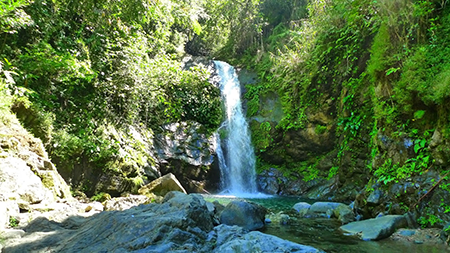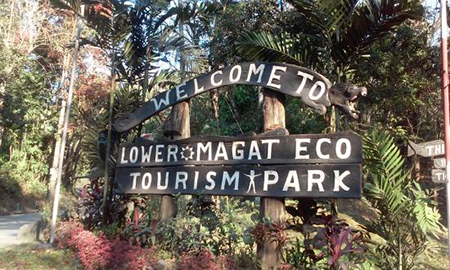| Nueva Vizcaya - Watershed Haven Of The Valley |
| 2023-08-15 09:10 |
|
Nueva Vizcaya is a province of the Philippines located in Cagayan Valley in Luzon. Its capital is Bayombong. The province is located in the center of Luzon. It is geographically located at the southernmost part of the Region. Considered a watershed haven, it is 70 percent forestland. It is strategically bounded by the Sierra Madre Mountain Ranges, Caraballo Mountains, and Cordillera Mountains. It is also the gateway to the Cagayan Valley Region and the Banaue Rice Terraces, the Eighth Wonder of the World. The province of Nueva Vizcaya was named after the people living in the coast of Mar de Vizcaine in Spain. In the beginning of the 19th century, it was a part of the vast "Territorio de Missiones" of the Spanish-controlled government of Cagayan, covering the eastern half of Northern Luzon from Nueva Vizcaya to Aparri including the Batanes Islands. Quick facts Governor: JOSE GAMBITO Vice Governor: EUFEMIA DACAYO POPULATION:497,432 (As of 2020) GEOGRAPHY: It is bordered by Benguet to the west, Ifugao to the north, Isabela to the northeast, Quirino to the east, Aurora to the southeast, Nueva Ecija to the south, and Pangasinan to the southwest, with land area of 3,975.67 square km. CITY: 0 TOWNS/MUNICIPALITIES:15 (Alfonso Castañeda, Ambaguio, Aritao, Bagabag, Bambang, Bayombong, Diadi, Dupax del Sur, Dupax del Norte, Kayapa, Kasibu, Quezon, Solano, Sta. Fe and Villaverde.) BARANGAYS: 275 LANGUAGE: English and Filipino are widely used and spoken in Cagayan region. Predominant local languages are Ilocano, Ybanag, Ytawes and Malaueg. Pangasinense, Maranao and other dialects are also used in some areas where migrants abound. Majority of the Cagayanos can speak at least two of the local languages and have good command, or at least a working knowledge, of the English language. RELIGION: Roman Catholics are about 63% of the population of the province. Other faiths are divided among Aglipayan Church, Iglesia Ni Cristo which form about 5-6% of the province population, The Church of Jesus Christ of Latter-day Saints, Jehovah's Witnesses, Baptist, Methodist, Pentecostals, Seventh-day Adventist and other Evangelical Christians which forms about 17%-20% of the province's population as well as Muslims and indigenous Cordilleran religions. |

